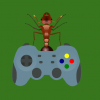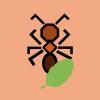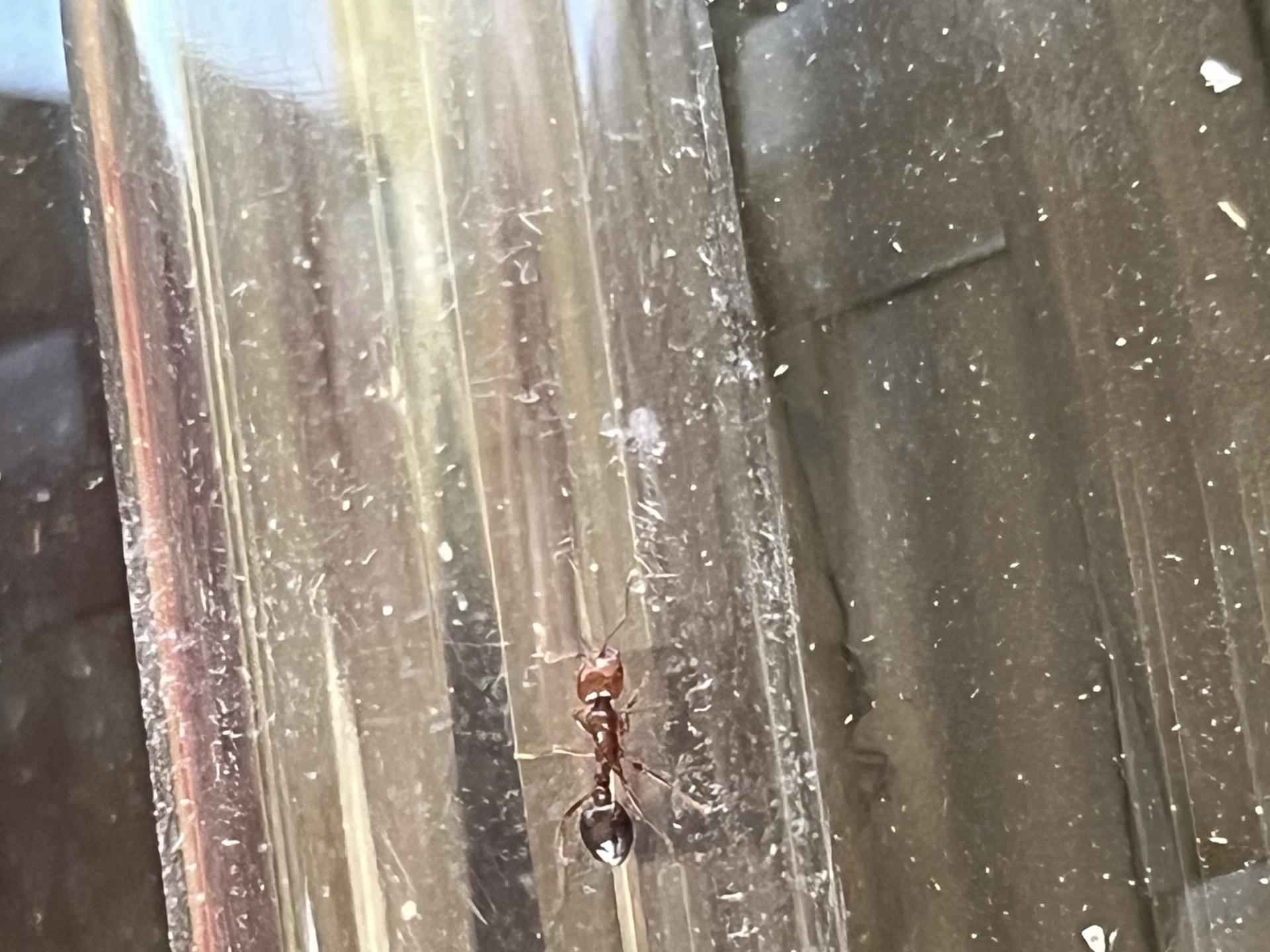- Formiculture.com
- Forums
- Gallery
- Members
- Member Map
- Chat

Apopka, Florida | July, 18th, 2024 | S. geminata confirmation.
Started By
The_Gaming-gate
, Jul 18 2024 7:08 AM

Best Answer Artisan_Ants , July 18 2024 - 9:55 PM
I agree with Invicta. Sometimes there could just be deformities with certain species. Since S. invicta has taken over multiple countries and places, it has to adapt to many ecological and non-ecological factors around there making them different from all over the whole world. Actually I feel like these weird deformities and things like this happen more often to invasive species other than that of native species.
Go to the full post 
3 replies to this topic
#1
 Offline
-
Posted July 18 2024 - 7:08 AM
Offline
-
Posted July 18 2024 - 7:08 AM
Date: July, 18th, 2024.
Location: Apopka, Florida. A front lawn, essentially a grassy field. Ants were crossing the pavement to reach into a new grass area.
Size: Largest major I was able to measure was 7 millimeters, although I did find one larger one. This species appears to have large majors, smaller minor workers, and some medium sized workers.
Color: A crimson red head and thorax with a black gaster.
Distinguishing features: I managed to find an ant carrying something that resembled a seed, I then found two more ants doing this.
I’m going to go out to get a better picture later, but I was trying to hurry with this one so I could do maintenance on my other ant colonies.
Location: Apopka, Florida. A front lawn, essentially a grassy field. Ants were crossing the pavement to reach into a new grass area.
Size: Largest major I was able to measure was 7 millimeters, although I did find one larger one. This species appears to have large majors, smaller minor workers, and some medium sized workers.
Color: A crimson red head and thorax with a black gaster.
Distinguishing features: I managed to find an ant carrying something that resembled a seed, I then found two more ants doing this.
I’m going to go out to get a better picture later, but I was trying to hurry with this one so I could do maintenance on my other ant colonies.
Ants are small creatures... but together... they can rule the world.
#2
 Offline
-
Posted July 18 2024 - 9:17 AM
Offline
-
Posted July 18 2024 - 9:17 AM
Invicta
- ReignofRage and Artisan_Ants like this
#3
 Offline
-
Posted July 18 2024 - 6:21 PM
Offline
-
Posted July 18 2024 - 6:21 PM
Why is this ant so big though? S. invicta media never go over 4 millimeters, but this one is 6 - 7.
Edited by The_Gaming-gate, July 18 2024 - 6:25 PM.
Ants are small creatures... but together... they can rule the world.
#4
 Offline
-
Posted July 18 2024 - 9:55 PM
Best Answer
Offline
-
Posted July 18 2024 - 9:55 PM
Best Answer
I agree with Invicta. Sometimes there could just be deformities with certain species. Since S. invicta has taken over multiple countries and places, it has to adapt to many ecological and non-ecological factors around there making them different from all over the whole world. Actually I feel like these weird deformities and things like this happen more often to invasive species other than that of native species.
Keeping:
3x - S. molesta (colonies and single queen) 1x - C. nearcticus (founding but no eggs) ![]() New!
New!
1x - C. chromaiodes (colony) 1x - C. subbarbatus (founding)
1x - F. subsericea (founding) 1x - T. sessile (mega colony)
3x - P. imparis (colonies)
2x - L. neoniger (founding)
Check out my C. nearcticus journal here: https://www.formicul...cticus-journal/
Check out my C. chromaiodes journal here: https://www.formicul...aiodes-journal/
1 user(s) are reading this topic
0 members, 1 guests, 0 anonymous users















